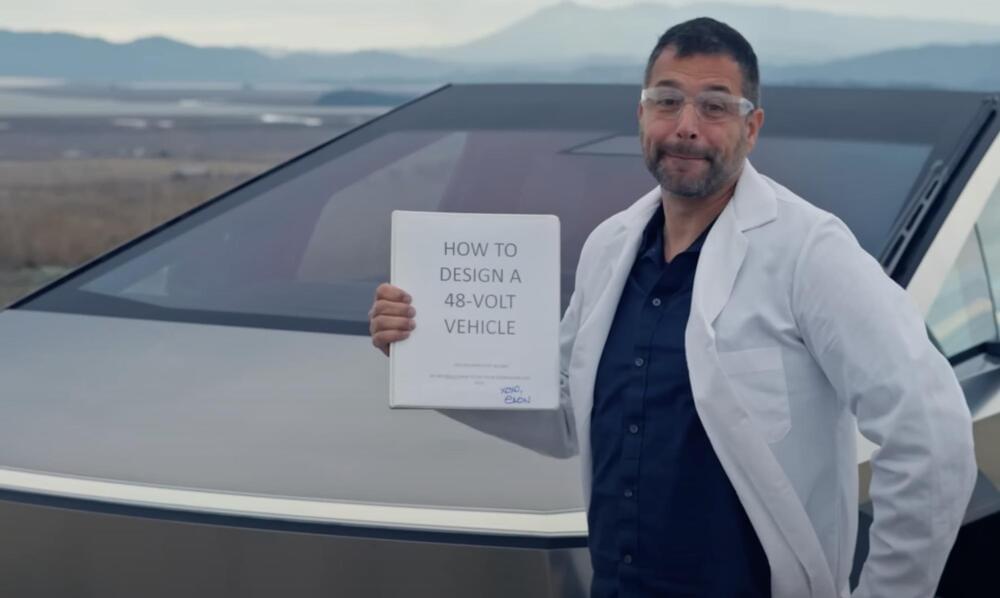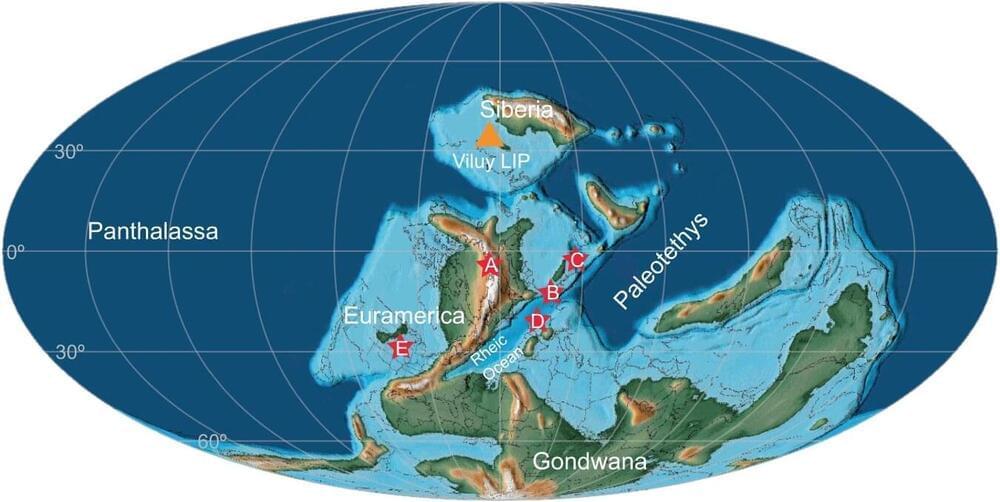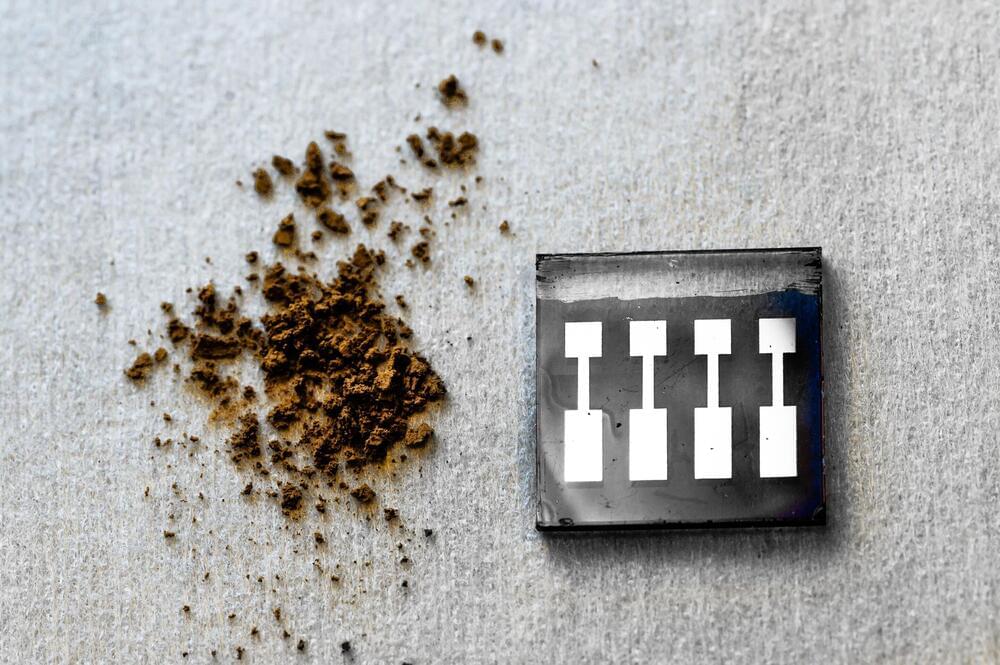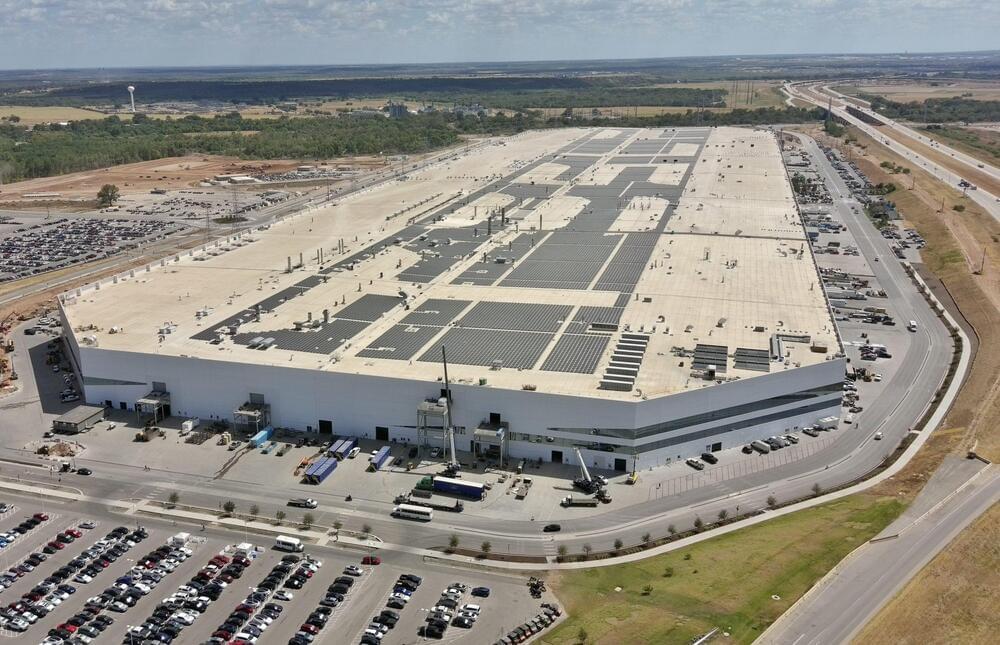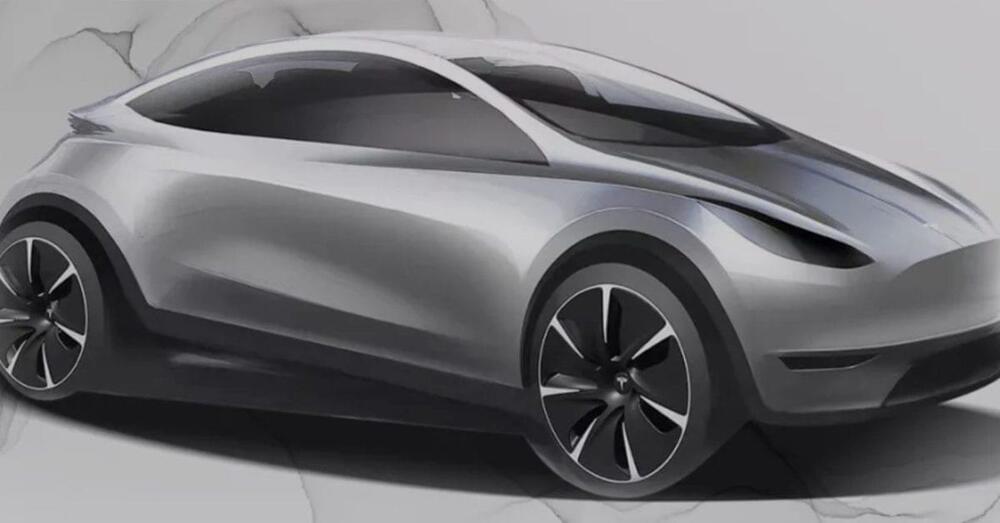When motoring content firm Hagerty published its video review of the Tesla Cybertruck, automotive journalist Jason Cammisa lightly noted that Tesla had sent other auto CEOs a pamphlet called “How to Design a 48-Volt Vehicle.” Cammisa seemed like he was joking in the video, so his comments were mostly taken in stride by the electric vehicle community.
But as per a recent comment from Ford CEO Jim Farley, it appears that Tesla really did send out a “How to Design a 48-Volt Vehicle” guide to other auto CEOs. In a post on X, the social media platform formerly known as Twitter, Farley noted that Tesla was definitely not joking, as Ford had received the document.
Farley also remarked that Ford had received the pamphlet on December 5, 2023. The Ford CEO actually seemed like he appreciated the document, as he thanked Elon Musk and stated that the guide would be “great for the industry.” Elon Musk, for his part, seemed to appreciate the Ford CEO’s reaction to the 48V guide. In a response on X, Musk simply noted, “You’re welcome.”
